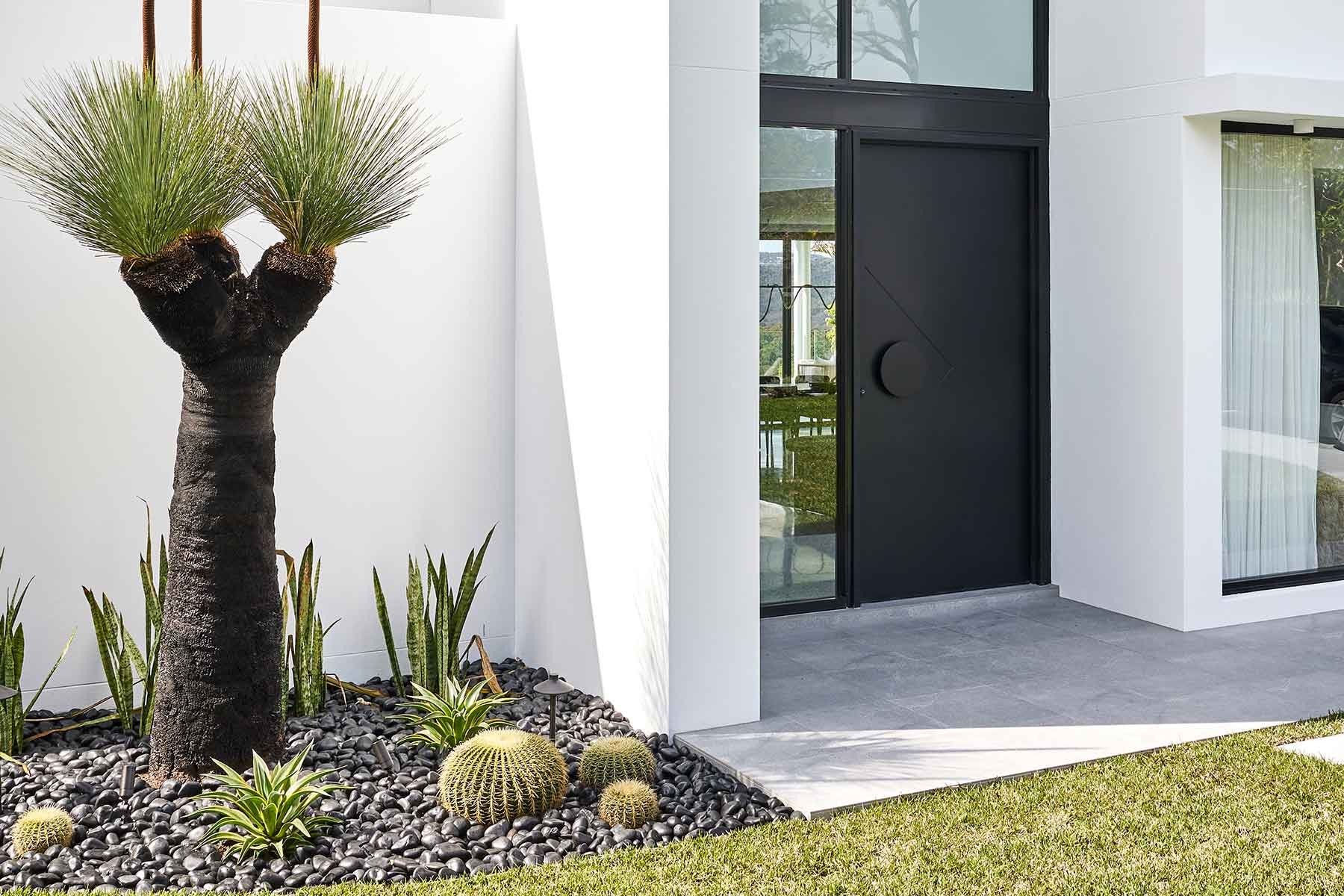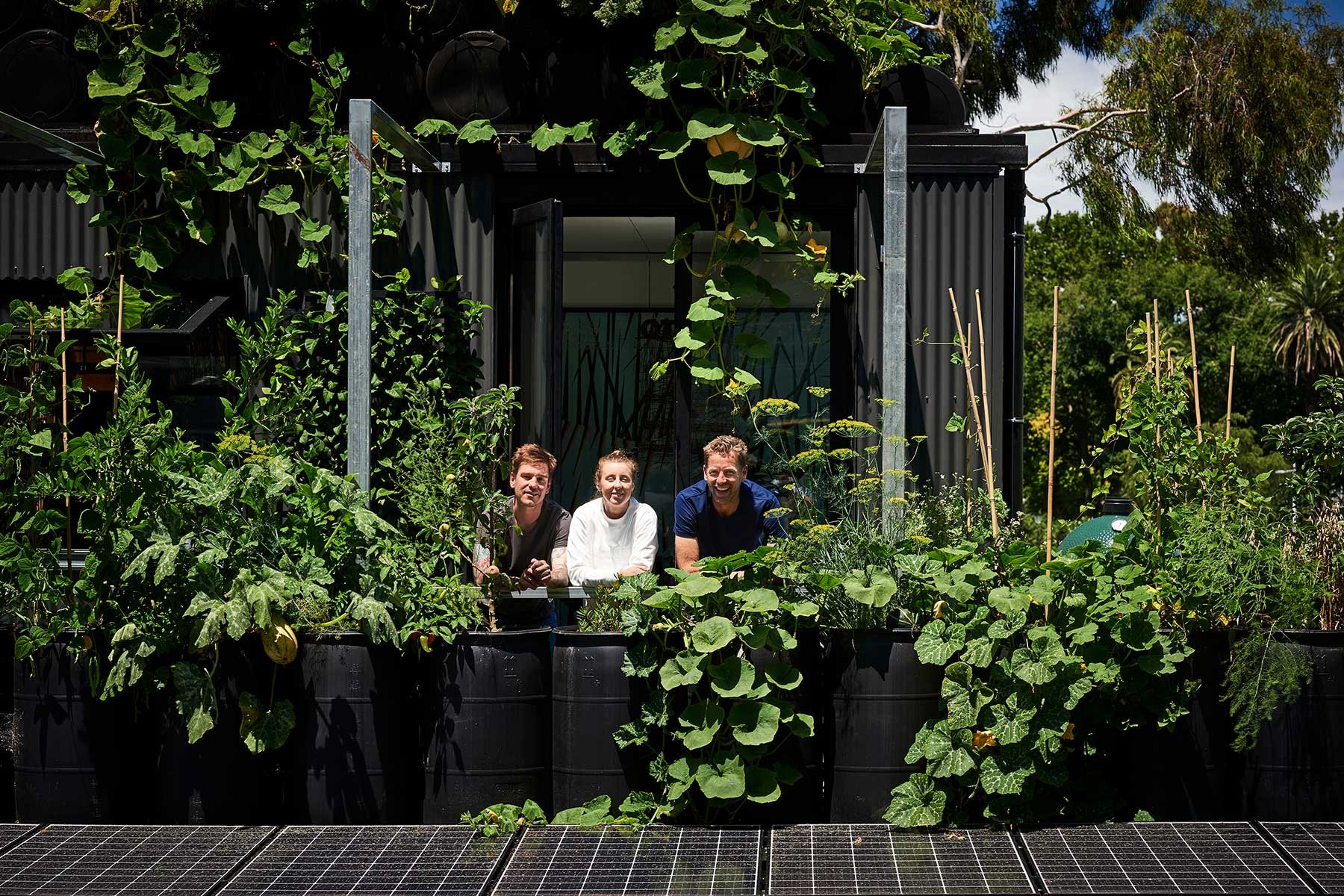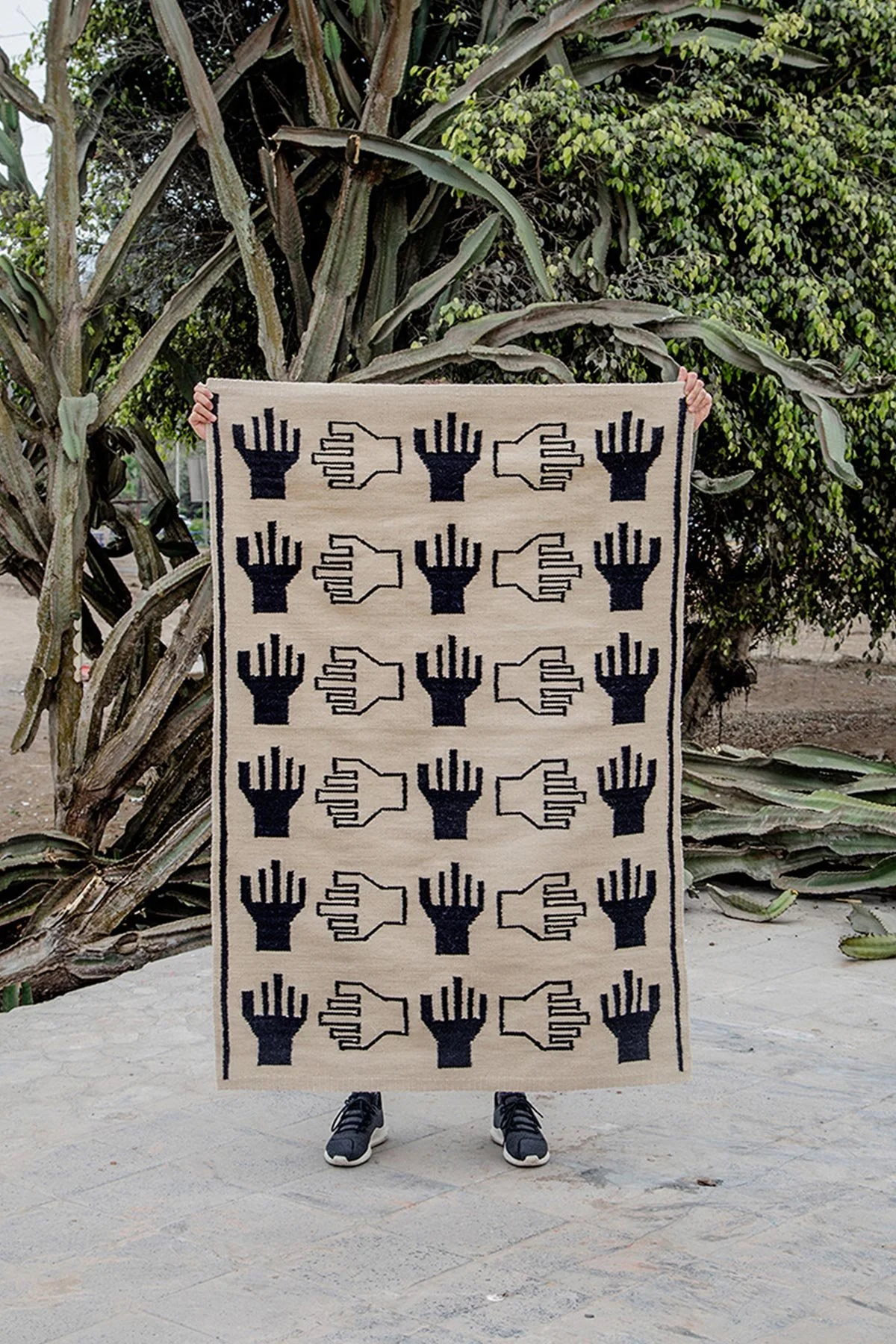Our Environment & Fire
The Need For Traditional Fire Practice
Photo:Lyndal Scobell, Cape York NRM
With news headlines about California’s raging bushfires on our televisions and in newspapers at the moment, we thought it timely to talk about one of the symptoms of climate change that we are all facing today – Wildfires.
“Traditional fire practice is the answer to preparing our land and our communities for climate change”
Destructive Wildfires are becoming a frequent happening in many countries around the planet, including Australia. They are a huge threat to our communities, our natural ecosystems and the planet as a whole.
We need to evolve our fire culture into the future by reintegrating, strengthening and reenergising Australia’s ancient, traditional indigenous knowledge to ensure responsible land management of our continent to keep it safe.
“Traditional fire practice is the answer to preparing our land and our communities for climate change”, says Victor Steffensen, Director of Mulong.
Mulong is Steffensen’s company, and the business specialises in combining film-making and digital visual arts with its community and environmental based consultancy services. Inspired by his mother and grandmother’s heritage, the Tagalaka people of Northern Queensland, and their struggles due to the impact of losing family through the years of the ‘stolen generation’, he realised in 1995, the urgent need to record the invaluable wisdom of the elders before it was lost for good. Over many years, through his love of the arts, film-making, culture, and the environment, he has developed all of this into his life’s work; re-engaging traditional practices through creative community projects.
I first heard Victor speaking on the SBS news programme ‘Line of Fire’ and was very impressed by what he had to say about the natural balance maintained by fire. How, when traditional fire is applied properly, native plants return and flourish while weeds and pests are naturally decreased. The ecosystem becomes, balanced, beautiful and most importantly, - a safe place to live. Our Aussie bush needs fire to maintain itself and regenerate.
“We live in a country that needs fire and what happens is that we’ve stopped evolving with fire”
When asked how indigenous burning of country is different to what the fire-fighting community do, Victor replies, “It’s completely different, it’s totally opposite to what everyone’s doing here. Like everyone’s talking about the aftermath and it’s always the way western society works and is really based on the aftermath of things and always acting when things are too late. Whereas all the work that I do is in the prevention of that and it’s really about not to save just your house, but to save the bush land, look after the environment as a whole and above all teach people what they should know about the country in terms of understanding fire properly.
Photo: Lyndal Scobell, Cape York NRM
When we light fires we just don’t light fires anywhere. When I teach someone about burning the land, we’ll go to the ignition point on that country and there’s a lot of reasons why that ignition point is there and we burn out and so the fire burns like a circle outwards and when it does that it’s a single point and the fire goes in a 360 degrees radius, everything can smell that smoke and everything can escape from that 360 degrees.” Victor is talking about animals here, “That’s right. That is the primary thing that we need to be doing is protecting the environment because we can’t keep doing what we’re doing. We can’t continue to sit back and watch hundreds of kilometres of land being annihilated and yet just sit down and just think about ourselves. But in due respect we need to be looking after our residents and we need to be looking after our houses, but what’s the point in doing that if we’re not looking after the land?
I’ve learnt that it’s very important to not burn the tree canopy, the fire is kept low to the ground, Victor says, “That’s right, we burn at the right time of the year and to make sure that the trees are protected. Those trees need fire. We live in a country that needs fire and what happens is that we’ve stopped evolving with fire. Our fire culture in Australia is totally flawed to nothing.
Photo: Lyndal Scobell, Cape York NRM
As before, even if you go back 100 years, pastoralists and people who were historically a part of land can tell you themselves there used to be fires all the time and even indigenous people would work in with them and burn country regularly. The canopy is so important to us because, that’s the life of the flowers, the fruits, the birds, the animals, that’s a whole other place up there and we can’t walk up there, just like we can’t walk on the water, you know? So that top canopy is very, very sacred and the simple rule that it never burns and if you burn the canopy, then you have the wrong fire. And so teaching how you can burn where fire behaves like water and it trickles through the country and it doesn’t burn everything is very critical.
Indigenous fire knowledge faces the threat of being lost from limited opportunity for communities to practice these methods. This is valuable, crucial information that needs to be connected into the community at large, so we can all learn to manage our country.
For the past eight years, traditional owners from across Australia have gathered in Cape York Peninsula to share fire knowledge to repair what they say is, “sick country”. Now they are asking non-indigenous Australians to learn the traditional way of burning country, as a way of saving flora, wildlife and potentially, people’s lives too.
Mulong offers fire management workshops and services, personally guiding you to build fire management plans for your communities, fire agencies, ranger programs, pastoral lands and environmental rehabilitation projects.
The fire methodologies are developed specifically to each location and aim to build on your knowledge of your country; and to give you the confidence to read the land like a traditional fire practitioner. Mulong’s workshops teach you to understand your land, how to read the indicators and when to apply the appropriate fire knowledge.
All the workshops are done with the participants on country and they base their courses on traditional knowledge teaching methods, where they walk you with the fire and you learn the practice by practical engagement.
This knowledge not only needs to be taught to all our fire protection agencies, but also to the community at large, especially those living close to the bush.
For people who live in suburbs close to bushland or in some cases surrounded by bush, this is crucial knowledge to acquire. Imagine how people’s backyards would look, looking out onto the bush if the land was being managed properly. Victor responds, “Well the bush would be a lot more clear from head height. So if we’re able to describe what it would look like, it would be green, it would be clean right through and there’d be a rich green canopy along the top as well. So the country would like quite beautiful. It doesn’t matter how big the fuel load is and I’ll be very bold and I’ll say it doesn’t matter how big the fuel load is, we can always protect the canopy and I’ve proven that so many times from as far as north Queensland to Tasmania.”
For more information on learning to manage your country by attending Mulong’s workshops or engaging their Fire Management Services please contact:
Mulong Pty Ltd, Cairns QLD
vicus@mulong.com.au
+61 488 970 003




































Australian Grown
People do buy plants virtually, not big plants, but smaller seedlings, and they come to you through the post boxed up in a beautiful assortment.